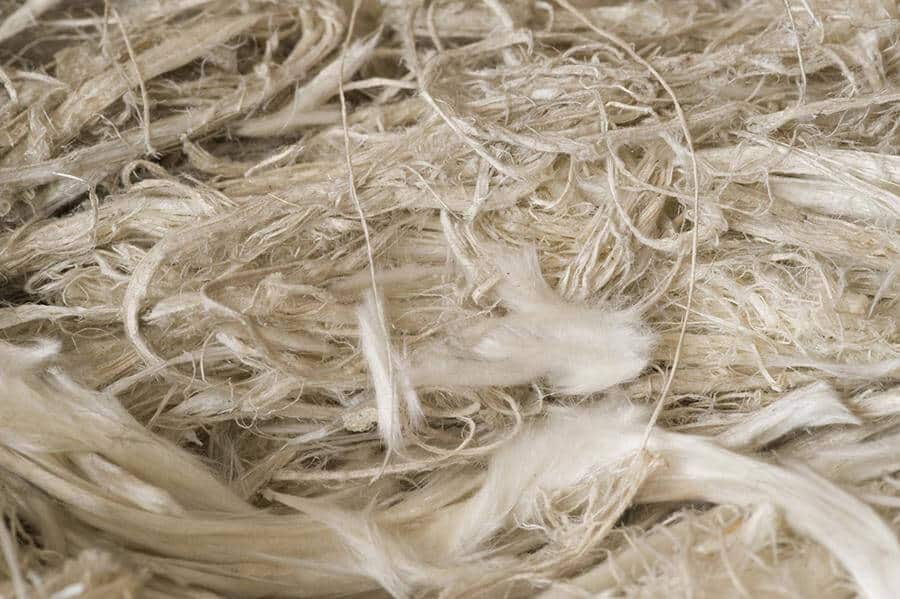
Because of its fire- and water-resistant properties, asbestos has long been used as a versatile building material. It was commonly used in homes, schools, and other structures until fairly recently when its serious health hazards came to light. Now, home inspectors check for asbestos before a sale is able to go through.
If you’re concerned that your home might contain this material, which could be putting you and your family at risk, here is some information that could help.
1. Asbestos Was a Popular Building Material Until the 1980s
The dangers include an increased risk for lung cancer and other respiratory illnesses such as asbestosis, were largely unknown to the public until the 1980s. As a result, homes built before this period have a higher likelihood of contamination.
For this reason, it’s a good idea to have your home inspected, especially if you’re planning on remodeling any part of your home, which could release dangerous asbestos fibers into the air.
2. Not All Asbestos-Containing Products Are Banned in the U.S.
Despite the fact that the health hazards of asbestos are now widely recognized, not all materials that contain it have been banned in the United States. This means that even new construction could potentially contain asbestos.
According to the EPA, just some of the asbestos-containing materials that are currently not banned in the U.S. include:
- Cement sheet
- Roofing felt and roof coatings
- Vinyl floor tile
- Cement shingle and pipe
- Millboard
3. Asbestos Poses a Health Risk When Inhaled or Ingested
Asbestos becomes dangerous when its dust particles are released into the air, where they can be easily inhaled or ingested. Because of this, many people are unaware that they have been exposed to it at all.
Before you begin a home renovation or DIY remodeling project, get your home assessed to make sure you’re not unknowing putting yourself and your family at risk. Hiring an asbestos air monitoring specialist can help to put your mind at ease.
Keep in mind, too, that even drilling, sanding, or pressure-washing materials that contain asbestos could potentially release the harmful fibers into the air, so it’s important to know for sure whether or not your home contains this material before moving forward with a project.
4. Asbestos Can Be Difficult to Detect
Another reason it can be such a challenging problem for homeowners is that it is often difficult or even impossible to detect by simply visually inspecting your home. This is because the fibers that cause these health risks are generally too small to see with the naked eye.
Additionally, because so many different building materials could possibly contain asbestos, there’s no surefire way to tell whether or not you might be at risk by simply performing a self-evaluation of the building. If you’re unsure about the presence of asbestos in any part of your home, it’s better to play it safe and have samples professionally tested.
5. Only a Licensed Professional Should Assess and Remove Asbestos
If lab tests come back showing that your home does contain asbestos, the next step is to take steps to safely remediate it. Attempting to remove asbestos from your home yourself, however, can be much more dangerous than just leaving it alone. If you have an asbestos problem, the best way to get rid of it is to rely on trained and certified professionals who can safely and effectively remove it.
Then, once you’ve called in the professionals, it’s a good idea to have the air quality of your home retested to make sure that all traces of asbestos are gone to give you the peace of mind that you and your family are safe.
Want To Know More Facts?
If you still have questions about asbestos take a look at our FAQ page for more information. If you still can’t find the answers you’re looking for, feel free to contact us online or give us a call at (908) 206-0073 and one of our friendly team members would be happy to help you.
